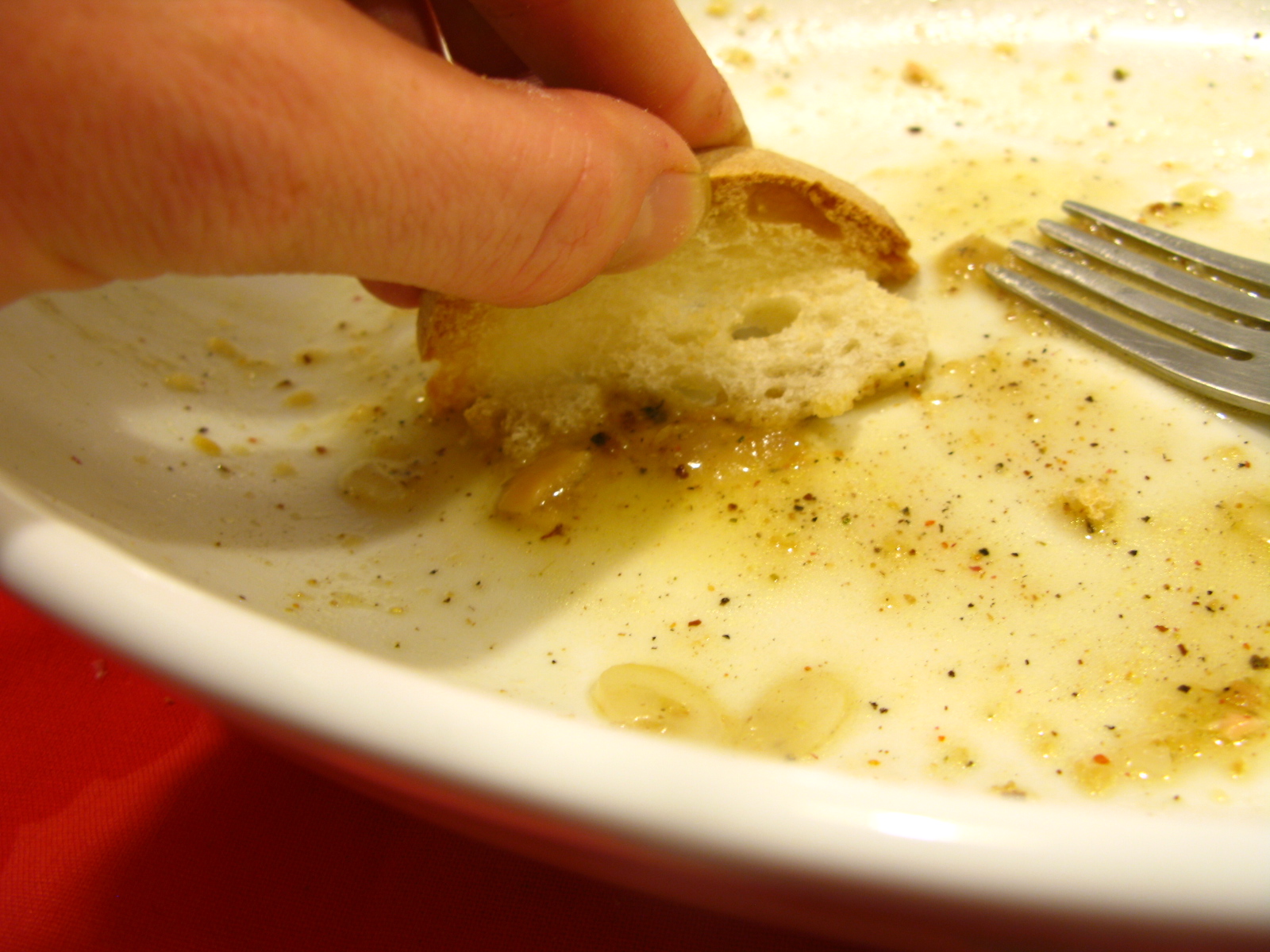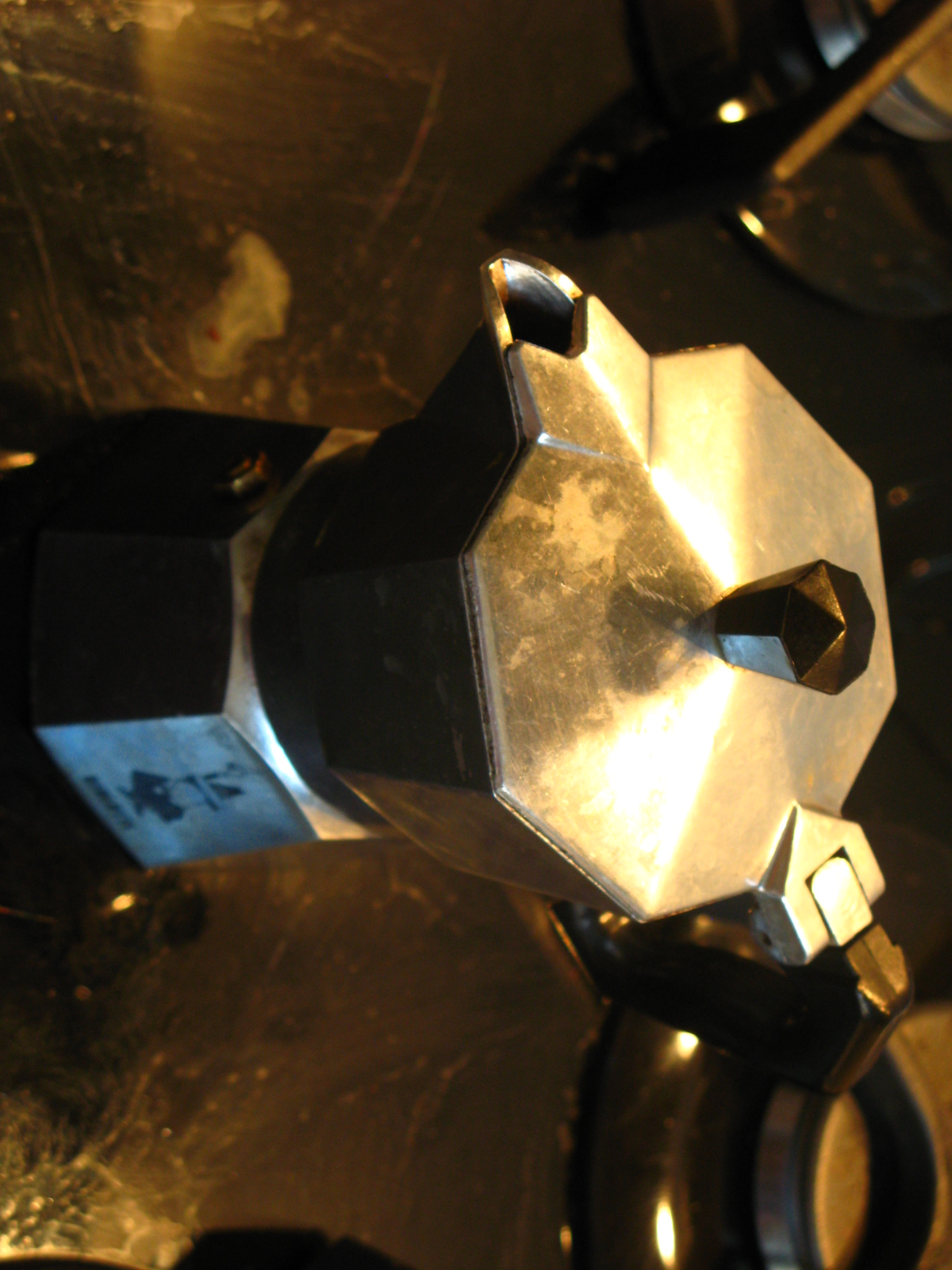From 12th to 14th March 2011, at the Stazione Leopolda in Florence, Pitti Immagine presents the sixth edition of TASTE. IN VIAGGIO CON LE DIVERSITA? DEL GUSTO, the fair dedicated to excellence in taste and food lifestyles. For this edition, Taste has grown in terms of exhibitors – there will, in fact, be around 240 specialist and niche companies presenting their products to the public of enthusiasts, a 20% increase with respect to the last edition – as well as the exhibition spaces which will now also encompass the Alcatraz area of the Stazione Leopolda, with a series of special projects and events. Once again the layout for this edition will be curated by architect Alessandro Moradei. Over the years, Taste has become an amusing and absorbing experience for members of the gastronomic and catering trade as well as the general public who can embark on a multi- sensorial journey to discover the myriad ways in which we express and experiment with taste today: _ Taste Tour the itinerary that gives visitors a chance to sample the products proposed by the companies exhibiting at Taste, where it is possible to learn more about the gastronomic treasures of our country: from cream of black truffle soup to fish ‘matriciana, from Chianti salame to tuna bresaola, from handmade dry egg pasta drawn through gold dies, to Pecorino cheese with saffron, balsamic vinegar chocolates and Taggiasche olive jam...
Salsicce (Italian pork sausage) Preparation time: 10 minutes. Cooking time: 15 minutes. 10 fresh Italian pork sausages. Salt. Separate the sausages and pierce with a toothpick. Cook in a little boiling water for five minutes to remove some of the excess fat. Drain and put in a frying pan over a high flame.Fry in their own fat until they become golden brown all over, taste for salt and serve with fagioli all'uccelletto or sautéed spinach . The sausages can also be added to the vegetables and cooked together with them for a few minutes before bringing to the table.Sellers of dressed and cured pork (including salsicce), dried fish and cheeses are known as pizzicagnoli in Florence and their shop windows are extremely enticing, filled with delicious, mouth-watering produce.
One of the nicest things about autumn in Tuscany is Schiacciata con l'Uva, an astonishingly rich, sinfully juicy wine grape pie whose country roots are clearly revealed by the dough and the crunchiness of the grape seeds. This is a fairly elegant, city version, in which the traditional lard and honey have been replaced by olive oil and sugar. Prep Time: 30 minutes Cook Time: 60 minutes Total Time: 90 minutes Ingredients:* 1 egg * 1/2 cup (100 g) sugar * 1/2 cup olive oil * 3 1/3 cups (400 g) flour * 1 tablespoon baking powder * White wine or water sufficient to make a smooth, workable dough (about 1/3 cup) * 1 k (2 1/4 pounds) wine grapes (either white or red), stripped from their stems, washed, and drained * ** If You Cannot Find Wine Grapes, See Below Note ** * 1/2 teaspoon anise seeds (optional) * 1/4 cup chopped walnut meats (optional) * 1/2 teaspoon freshly chopped rosemary leaves (optional)
Preparation time: 30 minutes. Cooking time: 45 minutes. To make ten crêpes: 3 eggs. 400ml milk. 30g butter. 120g plain flour. Salt. 4 tbsp extra-virgin olive oil. For the filling: One kg young spinach leaves. 250g ricotta. One egg. 50g Parmesan. Salt. Pinch of nutmeg.Beat the eggs and stir in the salt, milk, melted butter and flour. Mix well, grease a small frying pan and pour in one ladleful of butter at a time. Cook well until golden on both sides. Prepare the filling as follows: clean and wash the spinach, cook in a little salted, boiling water for ten minutes. Allow to drain well, squeeze out excess water and chop finely. Mix together in a bowl with the beaten egg, parmesan, ricotta, some salt and a pinch of nutmeg. Fill the crêpes, roll up and arrange in a buttered, ovenproof dish. Pour over a béchamel sauce and top with Parmesan cheese. Cook in the oven at 180° for fifteen minutes. Check they are crisp and brown on top before removing. Both ravioli and crespelle are dishes typically used to replace meat and are therefore often served on Fridays and during Lent.
Preparation time: 5 minutes. Cooking time: 5 minutes.100g butter. Bunch of fresh sage leaves 80g grated Parmesan Black pepper.Wash and dry the sage leaves. Melt the butter in a saucepan and add the...
Put the water and sugar in a saucepan and boil over a medium heat for about two minutes, until it turns into a syrup. Skim, then add the juice and grated rind of the oranges or lemons. Leave aside for ten minutes, strain and put into a dish; leave until quite cold. Whisk the egg whites until stiff and add to the syrup.Put in the freezer for about six hours, remembering to take it out to stir well every half hour. Decorate each portion with sage or mint leaves before serving:This unusual sweet dates back to at least the 13th century and was always served at the banquets of Medici. Ice-houses were built in the area of Santa Maria Novella for its production. It was generally served as a sweet, however, if the meal consisted of many different dishes, it was served as a welcome and refreshing pause between the first and second courses. Lemon and orange trees were widely grown and used ornamentally in many of the city's gardens.
This gelato, named after Bernardo Buontalenti, a sixteenth-century Florentine who may have been one of the world's original ice-cream makers, is made with any number of flavorings. The "secret" ingredient is usually a liqueur (such as Di Saronno Amaretto). A delicious alternative would be a pinch of mixed spices such as cinnamon, nutmeg, and allspice
Arista derives from the Greek word aristos, meaning "best". According to tradition, some Greek clergymen which visited Florence in 1430 for a Ecumenical Council were served the Tuscan-style roast pork and found it "aristos" or very good. The dish has been called this ever since then. Arista is equally good served warm or cold.Serves: 6
If you've been to the Tuscan coast you might have tried out cecina, a delicious sort of flat bread that is a great appetizer or snack. Just like bread, it is best eaten right after it comes out of the oven. If you didn't have a chance to taste it or would like to try a really delicious treat, the cecina is made out of garbanzo bean flour (ceci in Italian). It is easy to make and you'll get a taste of Tuscany direct from your oven.This yummy treat requires very few ingredients - ceci flour, water and olive oil! I read somewhere that the cecina was "invented" by accident along the coast when a ship carrying garbanzo flour was caught in a storm. The flour was all wet but not wanting to throw it away, some oil was added and then it was cooked like bread and voila, cecina!Make sure to bake it in a hot oven until it has a golden crust. Since baking times will vary depending on your oven, check on it often!
Put the dried cannellini beans in a saucepan with the sage, salt and two cloves of garlic. Cover with water and cook for two hours (one hours if using fresh beans) over a very low heat. Drain two thirds of the beans and mash or blend them. Fry the remaining cloves of garlic and the rosemary; add and lightly toss the raw pasta, stirring continuously. Add a pinch of chili pepper and the mashed beans. Peel and finely chop the tomatoes, add and cook for a couple of minutes then pour in half of the liquid from the beans you have left whole. Allow the pasta to cook, gradually adding the remaining liquid and add more salt if necessary. Lastly, add the whole beans. Remove the rosemary and garlic cloves and leave to stand for five minutes before serving. Remember that half a litre of water is required to cook 100g of dried beans









